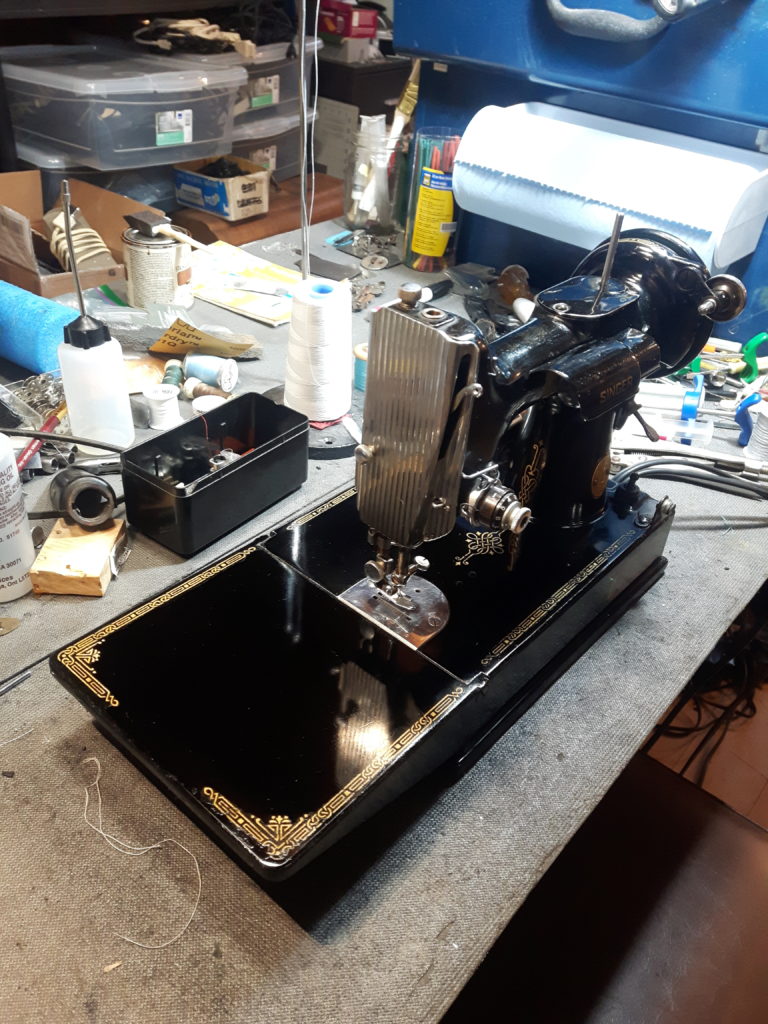
I am rather pleased at how well the bed and extension turned out, now I have to do some work to restore the finish on the upper arm and light cover.

Vintage sewing machine repairs and sales.

I am rather pleased at how well the bed and extension turned out, now I have to do some work to restore the finish on the upper arm and light cover.

And now for something completely different…
The Dazey company made these hand cranked butter churns up to 1945, earlier models had an open gear drive while the later models seem to have copied the Blow butter churn that was made in England.
The covers were in poor shape and the inside of the gearbox looks like spiders had taken up residence at some point. The wooden impellers and handle were in very nice condition and since I plan to make butter with this, that is important.
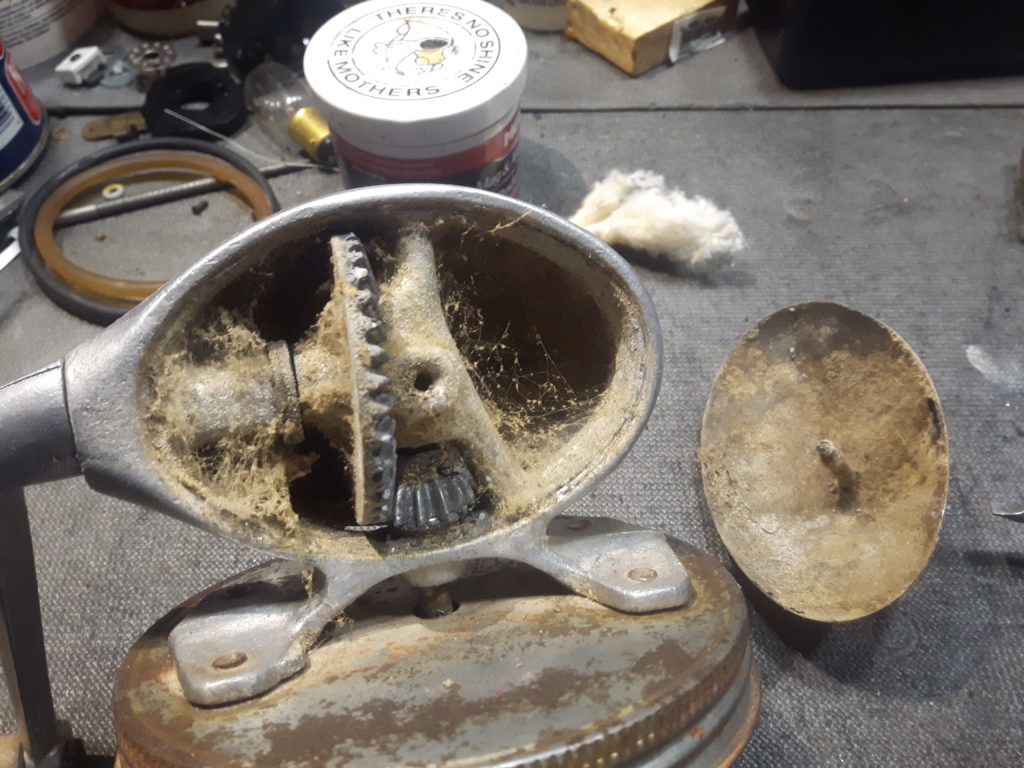
I touched up the covers and think I will give them another fine sanding and a few more coats of enamel before I put on a final clear coat.
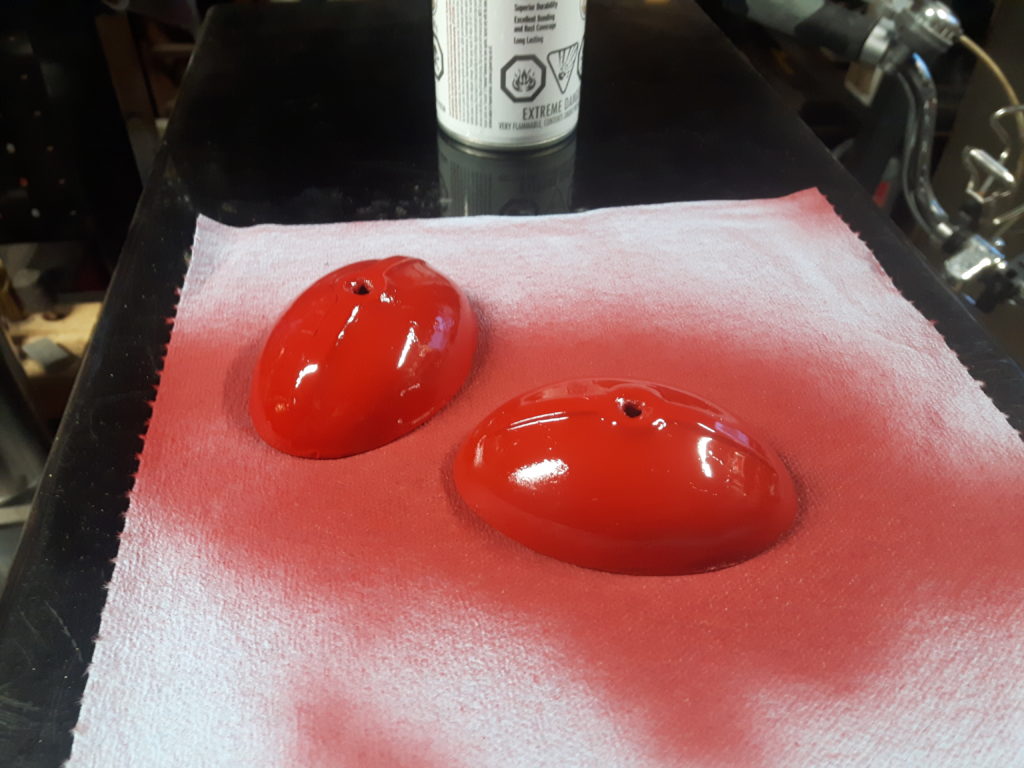

Besides the mechanical and aesthetic restoration work that gets done here in the shop there is also a fair amount of wood restoration that has to be done.
After 100 plus year those wooden crank handles can get to looking pretty worn and quite unlike the highy highly polished handles they started out as.
Some varathane with stain really brings them back to looking original.
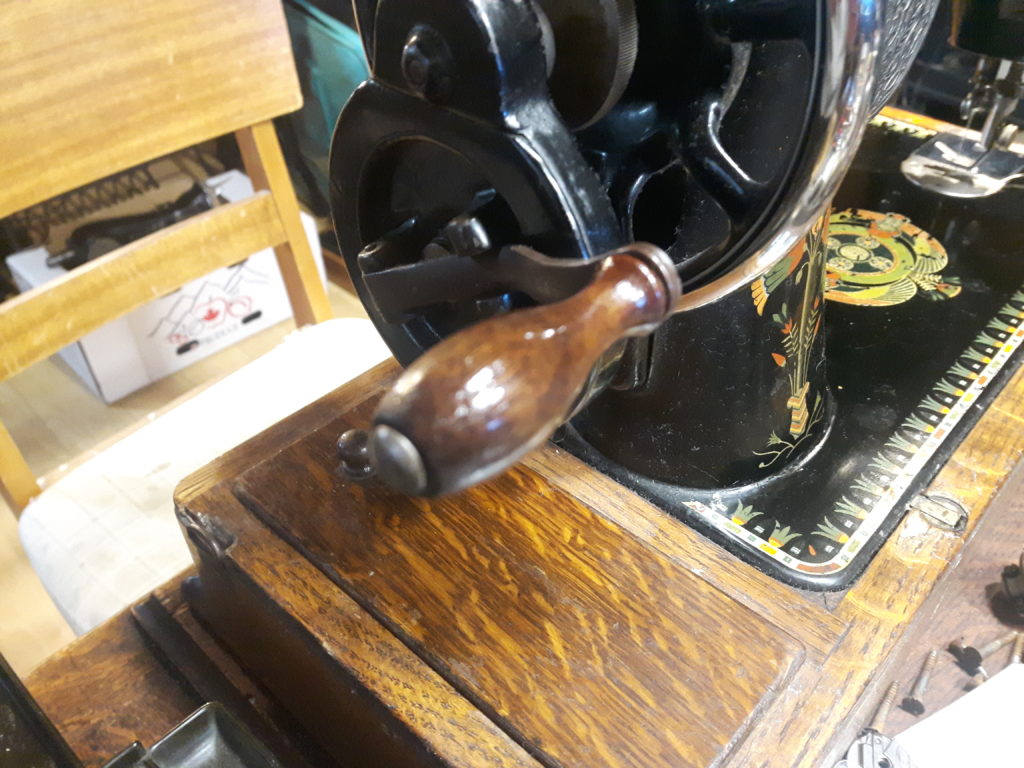
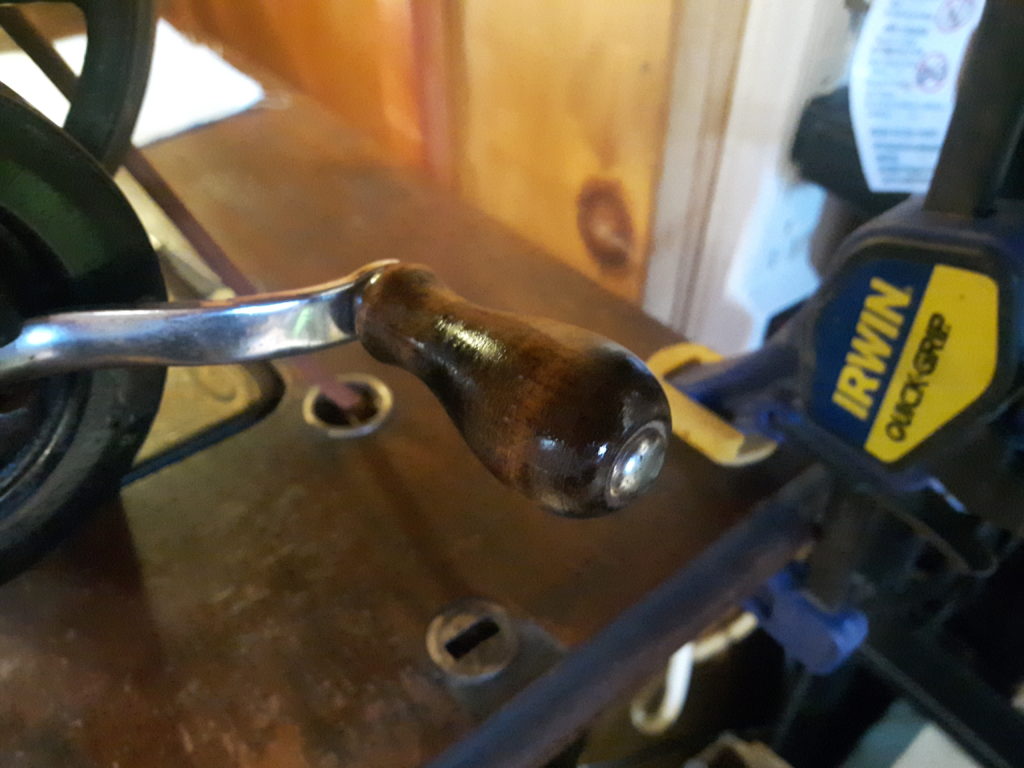
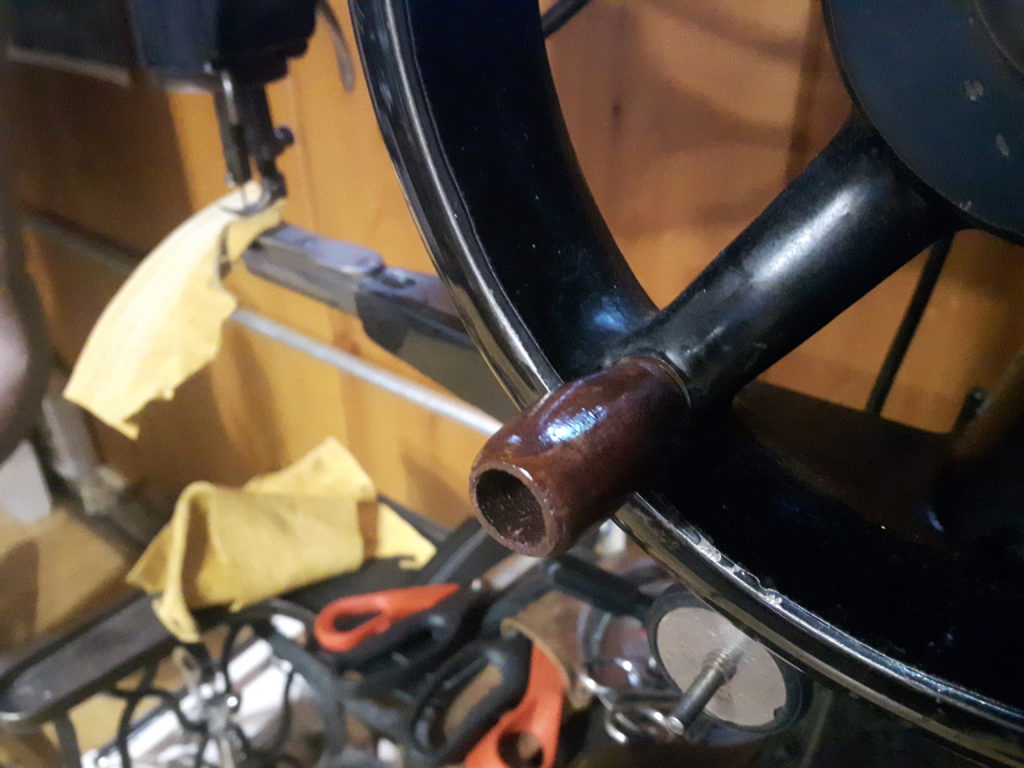
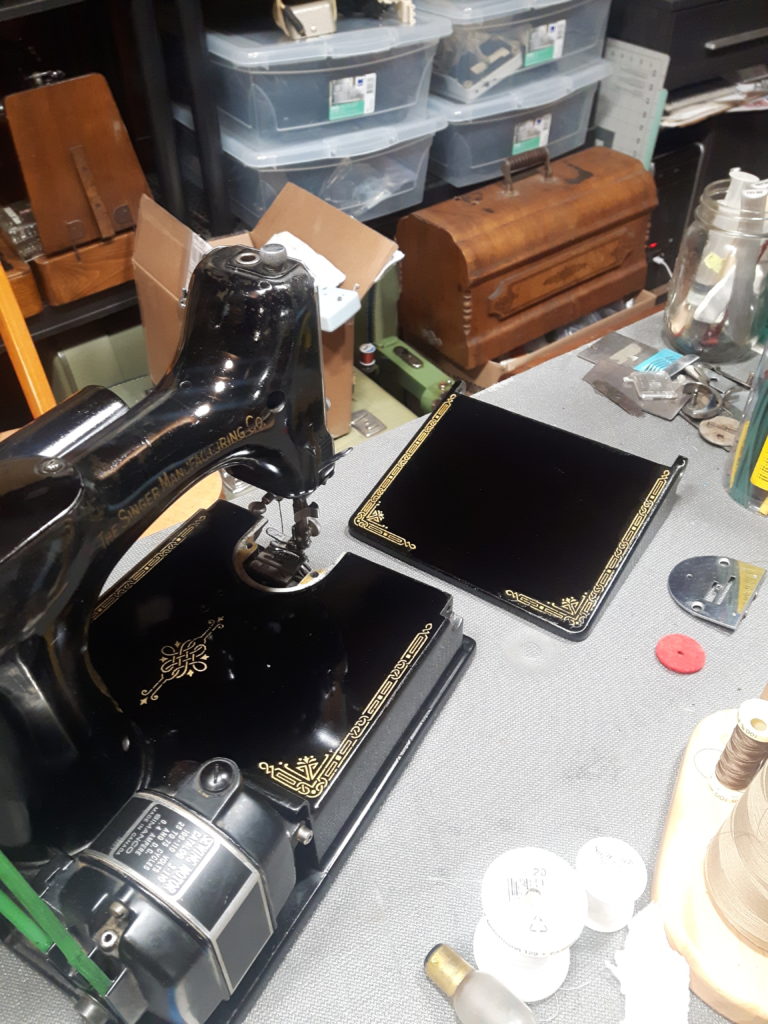
When this machine was received I first thought it was only good enough to be a parts donor due to the deterioration of the clearcoat, and for a time it did just that, lending a piece here and a piece there to save another one of it’s sisters.
I decided to strip the old clearcoat from the bed, which is a laborious and delicate process as once the clearcoat is gone the decals are exposed and vulnerable but that went well and besides being able to presere the decals found the base paint was in very good condition as well.
After that it has been a process of applying clear polyurethane to build up a protective coat following by fine and finer sanding, more applications of polyurethane, more fine sanding, and you just keep repeating the process to build up the clear layers until the machine starts to shine.
After this, which is still ongoing… it will get a really good buffing.
I also need to touch up a few areas on the top and on the light cover but will do that separate of the bed.


In looking at thise machine it is hard to believe that it is one hundred and two years old, she has a few wee nicks and the lightest of marks on the slide plates which will polish out nicely.
In my opinion, the La Vencadora decals are among the prettiest ever, (and they were unique to the 128), and so popular they sold in vast numbers, so much so that we see almost as many of these than we do the plainer black and gold models.
People may complain that the vibrating shuttle machines only hold half as much bobbin thread as a round bobbin machine, and the unitiated may find them a little different to use but the stitch quality is simply amazing, and they will sew whatever you can put under the foot as they are virtually indestructible.
We also picked up an 1891 Singer VS2 “fiddle base” this week, a model that preceded and evolved into the 28 and 128 and just like it’s little sister, it still sews beautifully, despite her well worn condition.
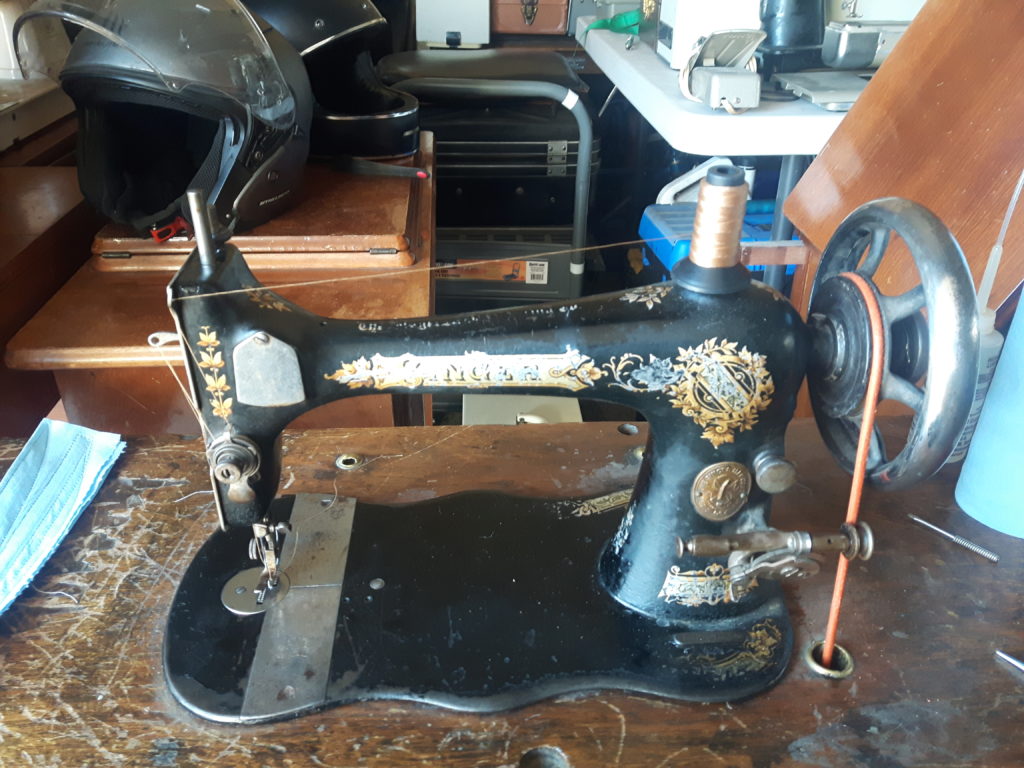
Happy sewing.

In 1869 L.O. Deitrich (Vesta), Hermann Kohler, and Gustav Winselmann (Titan) started a new sewing machine company in Altenburg Germany, known a L.O.D. and they produced Vesta sewing machines, Kohler was primarily in charge of advertising and Kohler machines were primarily sold in the German home market. They had all worked for Muller prior to forming their own company.
The “Sowitch” was a badged Vesta machine made for the English market and bears the older Vesta logo on the pillar, in their day they were considered to be some of the finest machines ever made, with a smoothness of operation that is something one needs to experience first hand.
After some time Winselmann left the partnership to produce his own machines which were also beautifully designed and often extremely ornate like our TS high Arm… this machine was imported into London in 1902 by a G. Lobi and was given a 5 year guarantee.

Pfaff was another major company producing machines in Germany, established in 1885 by Georg Michael Pfaff, a German instrument maker and entrepreneur… they deserve an article of their own due to their massive success.
By 1910 they had produced a million machines and employed a thousand workers.
Deitrich and Kohler continued on after the departure of Winselmann and produced machines for their own domestic market and for export, some British machines like the Harris Model 9 was a badged Vesta machine.
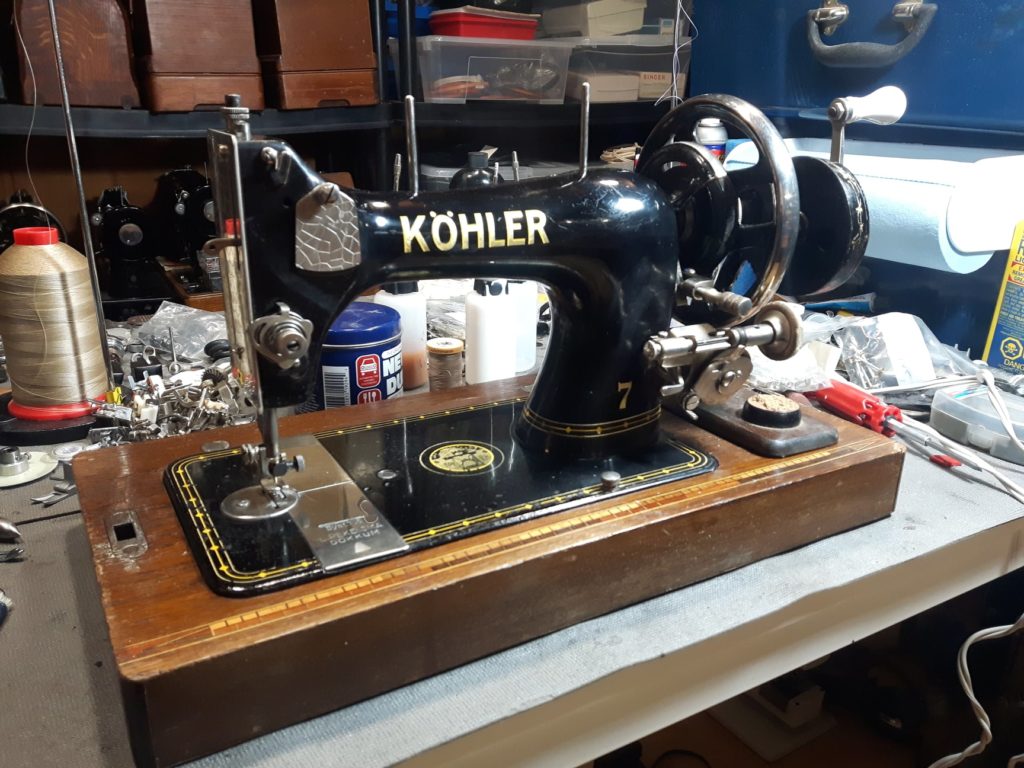
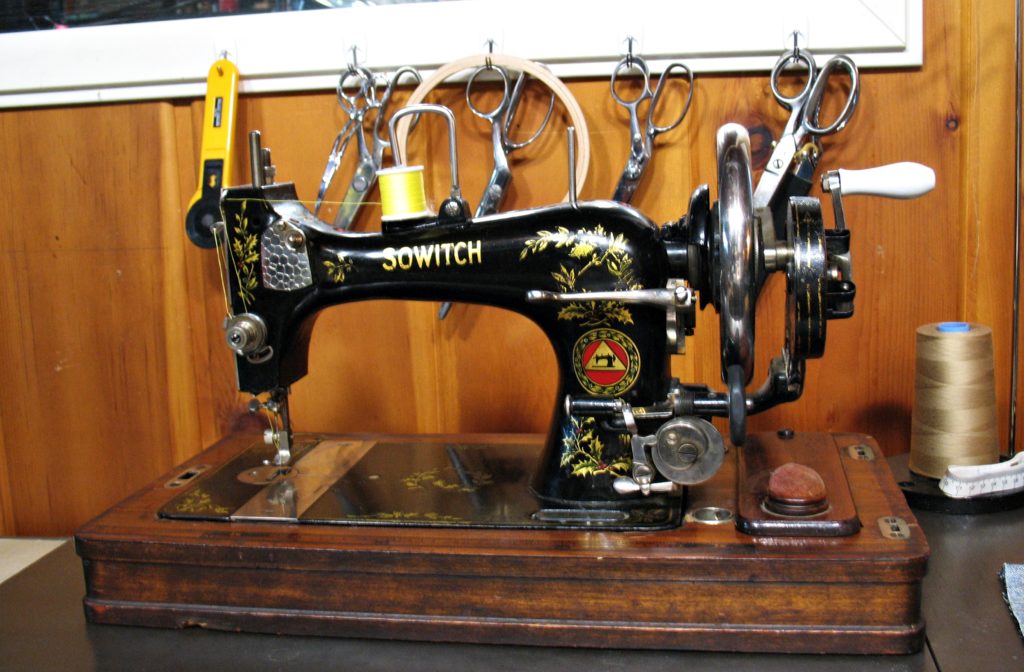
After World War 2 L.O.D. was absorbed by the communists into a larger cooperative while Winselmann’s factory did not survive the war and was never rebuilt, Pfaff also continued to do extremely well as they were in West Germany and not subjected to Russian rule.

At the turn of the last century, the largest sewing machine factory in the world was Singer’s facility at Kilbowie Clydebank, which was completed in 1885 after a smaller factory in Glasgow (doing mostly assembly work from imported parts) was closed down.
It had a million square feet of space and employed 7000 workers, and even then they could not meet production demands and customers were put on wait lists. This was when they were producing 13,000 machines a week and still unable to meet demands. In 1905 they expanded their buildings to be 6 stories tall to provide more workspace.
By 1943 the factory would have produced thirty six million machines.
This old 28K was made in Kilbowie (that is what the K stands for) and in checking, this rather large run of machines totalled almost 100,000. The models Singer offered in 1900 were not as expansive as they were a few decades later and the 28K was an immensely popular model, accounting for a high percentage of Singer’s sales.
The 28K was the 3/4 sized version of the 27 and was most often offered in a wooden case with a handcrank, while the 27 was most often fitted to a treadle.
I made a new handle for the handcrank on the wood lathe as after 122 years and a good bit of use, it had failed, the machine turns still over as smooth as silk and makes a beautiful stitch.
Not rare, no museum piece by any measure but a solidly made precision tool that has lasted for generations.

Birth of A Sewing machine was filmed at the Kilbowie factory in 1934, it is a wonderful (silent) film.
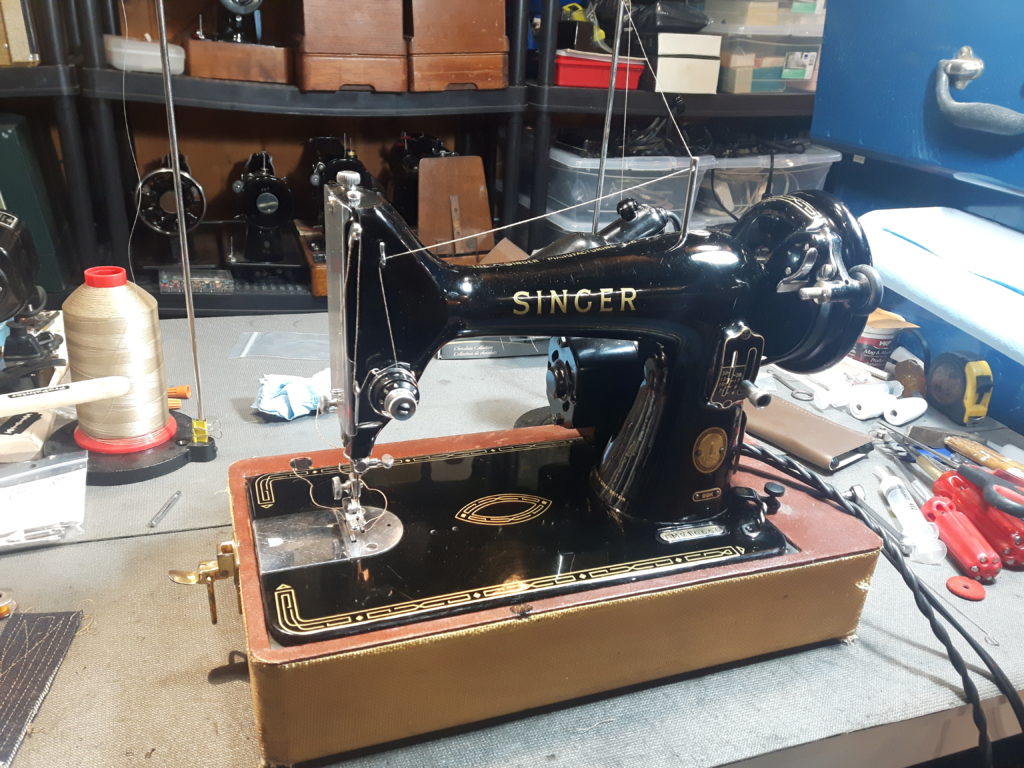

What isn’t there to like about the Singer 99K ?
The last of the series came with a more powerful motor (.8 amp) and an improved stitch length control, we usually add a new spool pin with a guide as this works really well with thread stands to maintain a correct thread path.
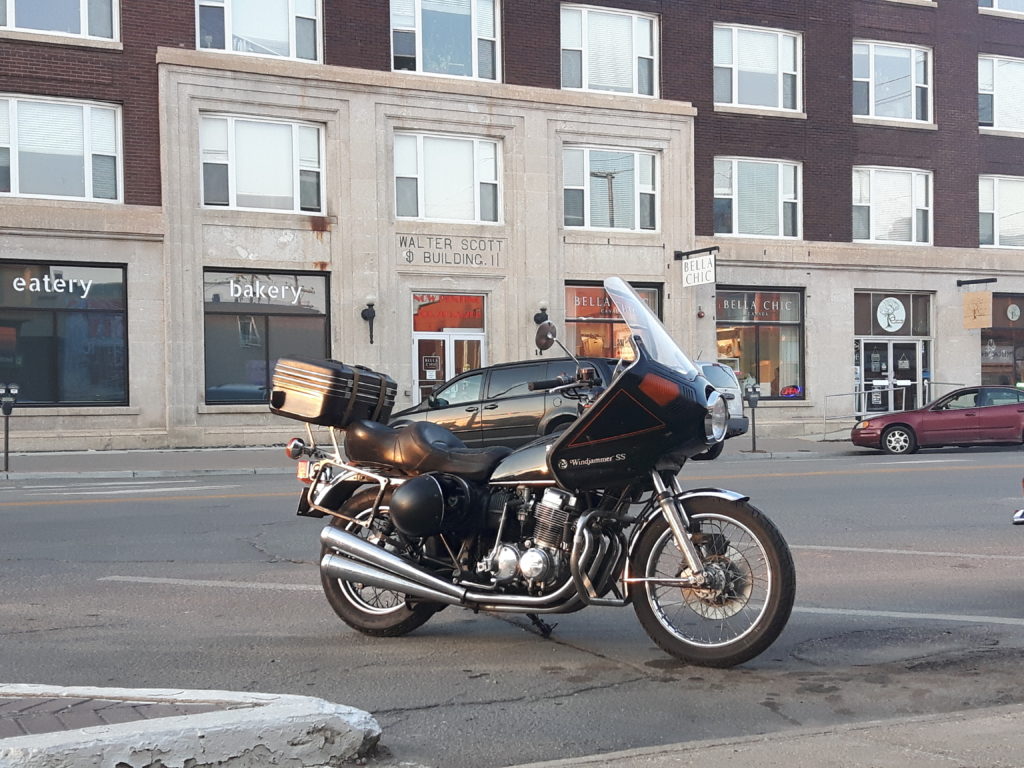

Our fall tour took us through Saskatchewan and we made a few stops to service sewing machines, spent time with friends, and perused quite a number of second hand shops and antique stores.
We didn’t find any worthwhile machines to bring / send home but the time on the open road was very enjoyable, even though the temperatures were pretty extreme for September.
Got home just in time to be here to welcome our new grandson into the world… he got to go home yesterday after spending 4 days at the hospital as mom needed some recovery time.
Meet River… my new sewing buddy.
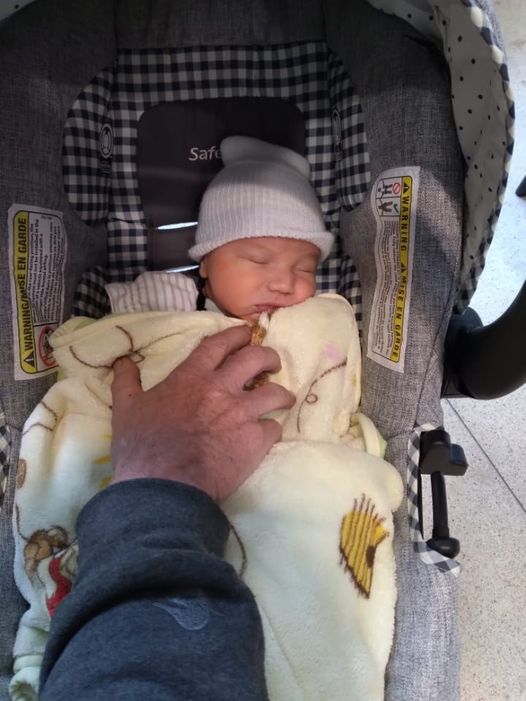
Like most things we rarely buy anything new, my phone is a hand me down from my daughter and when she upgraded her computer to a new gaming oriented machine, we moved her old desktop into the shop.
Too slow for modern gaming and it’s demands, but about on par with my laptop and perfectly good for the workshop.
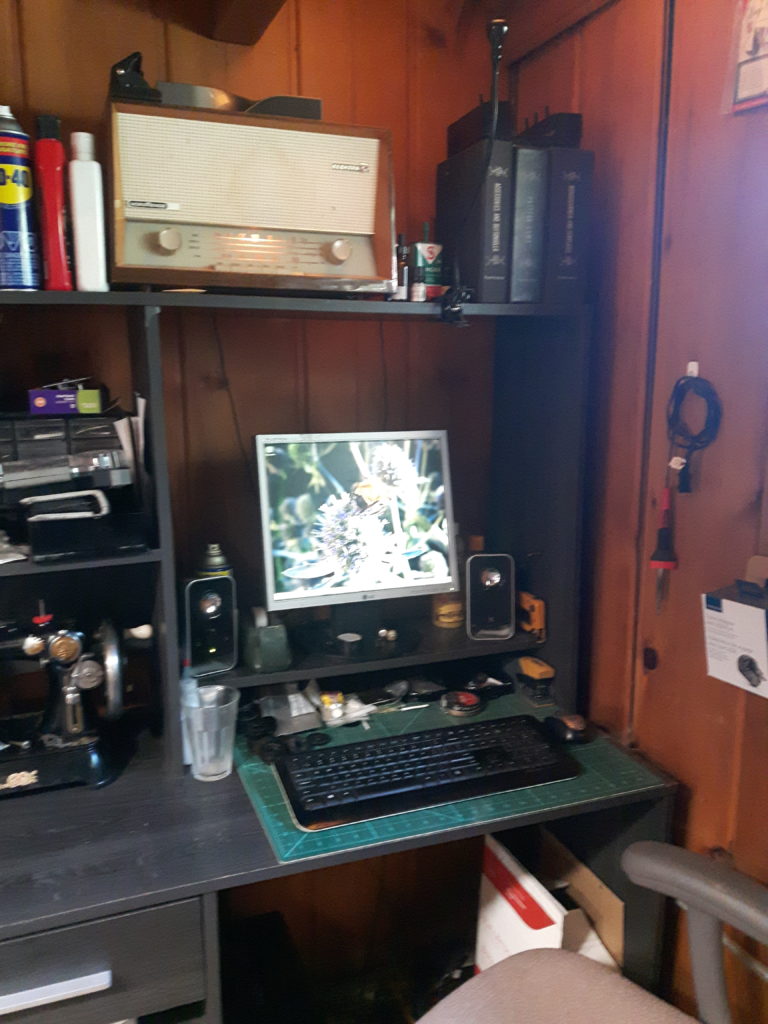
That wireless keyboard had to go… I prefer mechanical keys as they are so much easier on the hands and if I want a rainbow of keyboard colours I could do that too.
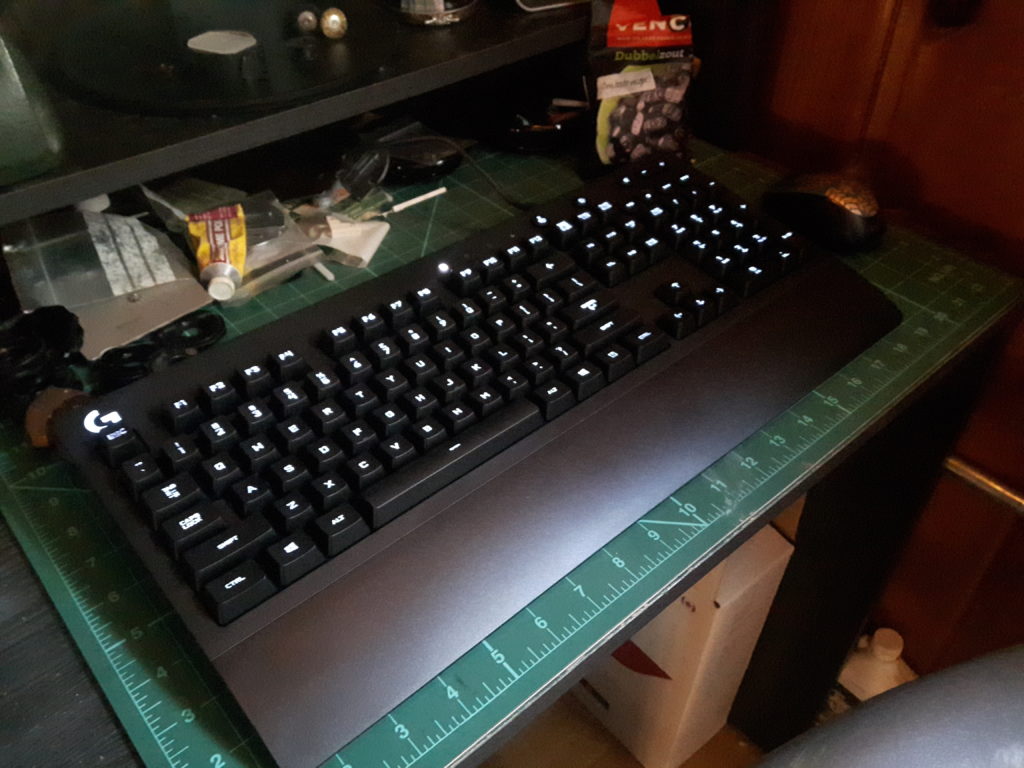
Still listening to the radio on my 60 year old Nordmene Electra am/fm radio though.